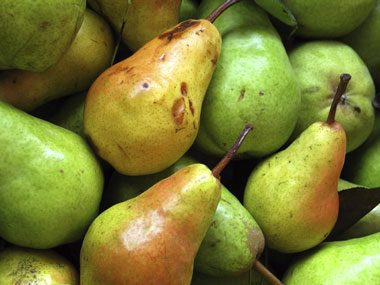
Want to save some money?
Ask me about “seconds,” visually imperfect fruits and vegetables you can often get by the case at a discount. Also called No. 2 produce, seconds are great for making tomato sauce, salsa, jam, and soup—but they’re perfectly fine to eat as is, too, as long as you don’t mind a few dings.
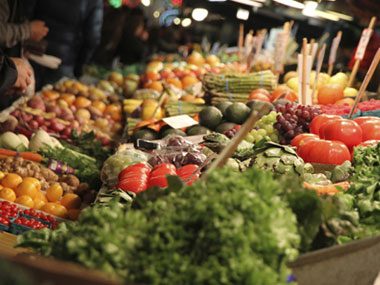
You can get great deals by arriving at the end of the day…
…when vendors discount unsold goods so they don’t have to haul them back home. But some markets don’t allow the practice, so check before you go.
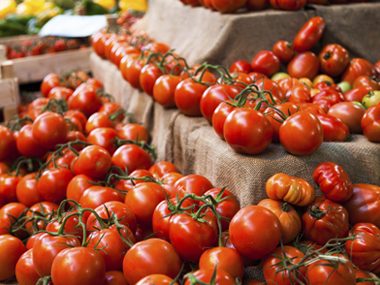
Buying at the start of the season doesn’t always save you money.
You’ll pay a premium to get the first peaches or tomatoes of the year. If you’re on a budget, wait a few weeks until a food is abundant, demand dies down, and prices drop.
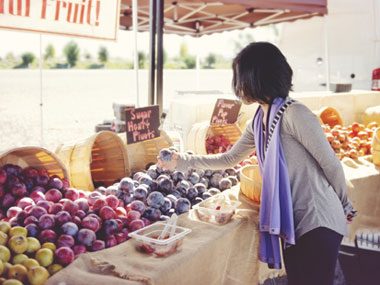
Don’t show up with a set-in-stone shopping list.
Part of the fun of a farmers’ market is that you never know what you’re going to find. So shop first, and then adjust your menu based on what you find.
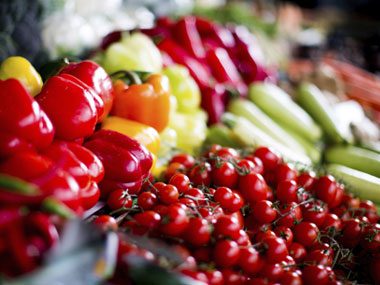
Just because I’m local doesn’t mean my food is organic or pesticide-free.
If that’s important to you, ask questions: Are you certified organic? Do you spray? What do you spray? Do you use sustainable farming methods? What do your cows eat?
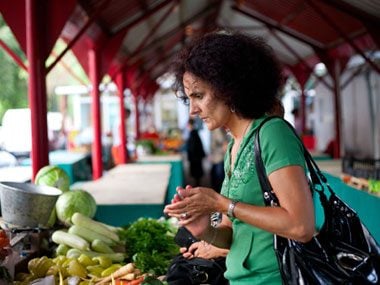
Please don’t walk up to me holding your caramel macchiato…
…and say $3 is too much to pay for a bunch of beets. Did you try to bargain with the barista at Starbucks? I was up at 3 a.m. today harvesting crops just to support my family.
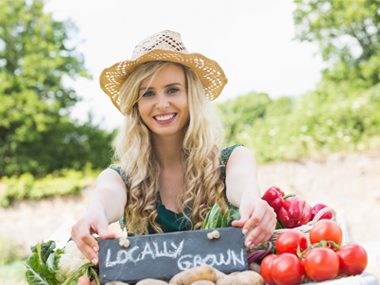
Just because the sign says “farmers’ market”…
…doesn’t mean there are any real farmers involved in the makeshift shop. Many so-called farmers’ markets are actually set up by wholesalers who buy the same food you can get in your local grocery store, mark it up considerably, set up stands, and resell it. For a much more authentic experience, look for farmers’ markets that are “producer-only,” meaning they require all vendors to actually grow or make the foods they sell.
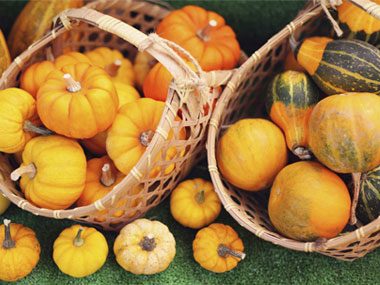
Seriously? You want oranges in Colorado in July?
Find out what grows locally and what’s in season before getting your hopes up.
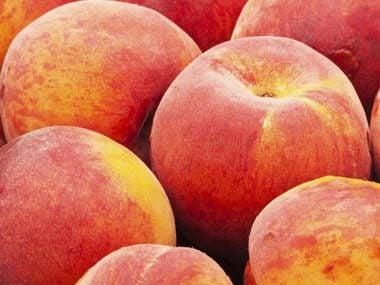
Don’t squeeze the peaches to see if they’re ripe.
Ask me to help you pick out some ripe ones, or look for a warm yellow base color and a fragrant smell. And while we’re on the subject, don’t husk every ear of corn either. That dries them out.
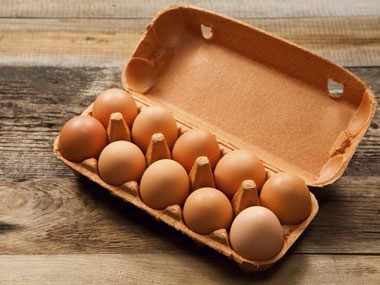
Don’t forget us in the winter!
Many farmers use greenhouses, cold storage, and other extension methods to make produce available all year. And dairy products, meat, eggs, and homemade breads never go out of season.
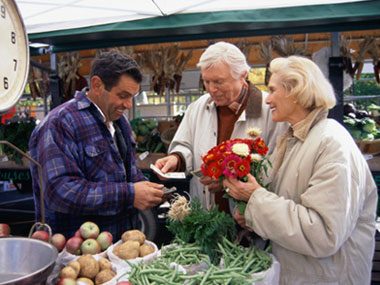
Get to know your farmer, and be a consistent customer.
Once I start to recognize you as a regular, I may get in the habit of slipping some extra in your bag.

Don’t know what something is or how to cook it?
Just ask. For the best advice, ask the grower what he has that day that you shouldn’t miss and how he prepares it.
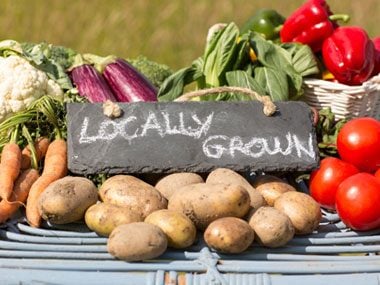
There’s a reason why our produce tastes so much better…
…than what you find in the grocery store. It was probably picked yesterday or even this morning.

Fido may be friendly…
but no one is going to be happy if he lifts his leg on a crate of watermelon. Please leave your beloved four-legged friends at home.
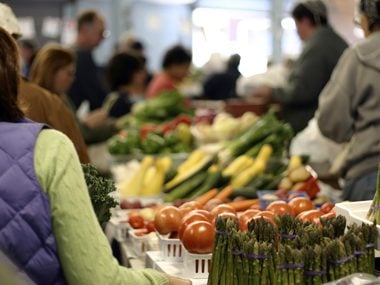
To get the best stuff and avoid crowds…
…come on a weekday or get here early. The most beautiful and high-demand items go fast. (But please don’t ask us to sell anything until the official opening time.)
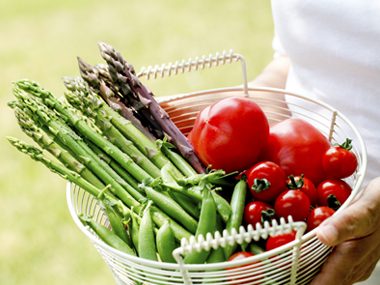
Bring a bag, or even better, a basket.
It helps reduce waste, and some markets don’t allow farmers to give customers plastic bags. If you’re planning to buy meat or dairy products, bring a cooler, too.
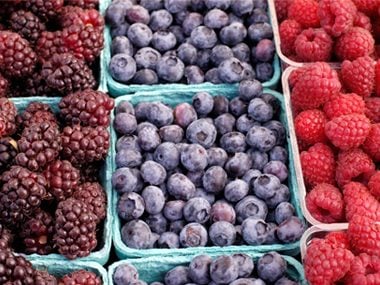
Most farmer’s markets today have a lot more than fruits and vegetables.
Depending on where you live, you may find local honey, free-range meat and eggs, cheeses, mushrooms, homemade breads, jams and desserts, fresh flowers, pastas, and grains such as oats, spelt, rice, quinoa and barley.
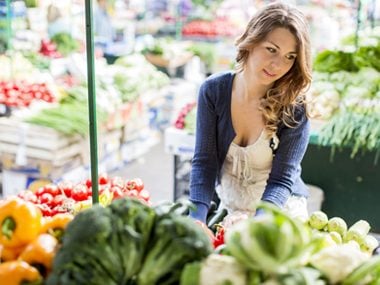
If you’re new to our market, start with a walk-through.
Compare prices and quality, and then decide what you want to buy.
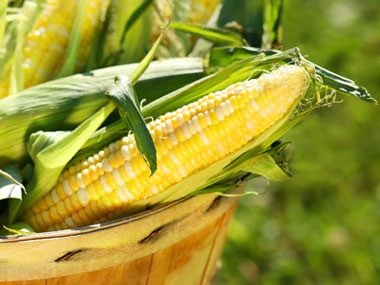
Found a worm in your corn? Don’t freak out.
It’s a common issue in organically grown corn, because spraying with pesticides in the only surefire way to prevent them. After you break off the piece with the worm, the corn is still safe to eat, and it’ll be sweeter and tastier than any worm-free ears you pick up in the supermarket.
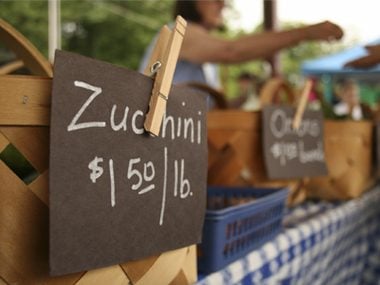
Haggling over prices is a surefire way to insult us.
Our profit margins are slim, and the price we set is usually as low as we can go. The only exception? I may give you a discount if you buy in bulk.
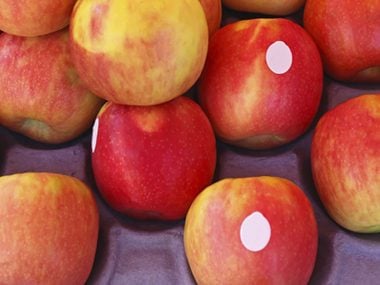
If the apples have stickers and the peppers are wrapped in cellophane…
…chances are your market isn’t the real deal.
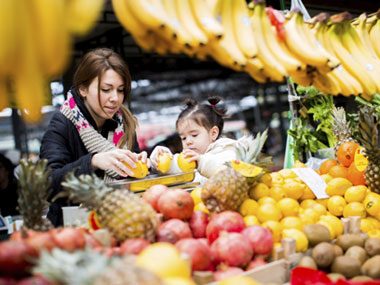
Bring the kids.
They’re much more likely to try a new veggie if they pick it out themselves.
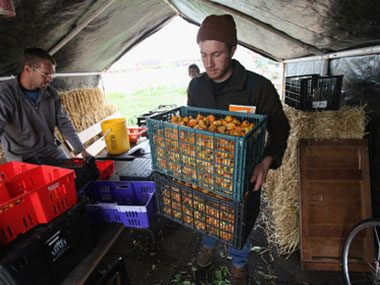
One way to get some free food: Volunteer to help.
Many larger markets use volunteers to help with setup, cleanup and other duties, and thank them with huge bags of produce. Or ask your favorite vendor if he needs any help—many are happy to exchange free food for an extra hand during busy times.
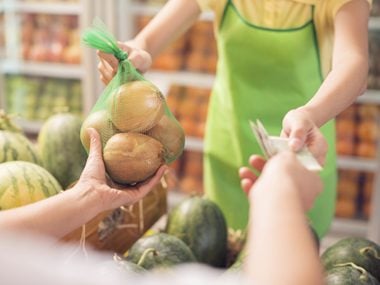
Even if we have a credit card machine…
…we really prefer for you pay with cash—especially small bills.
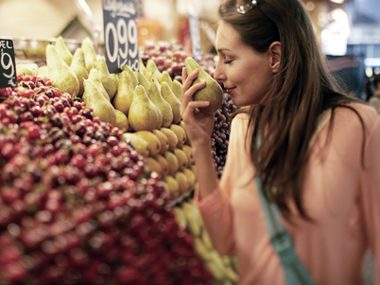
Go ahead and ask for a taste.
Most of us are happy to oblige.